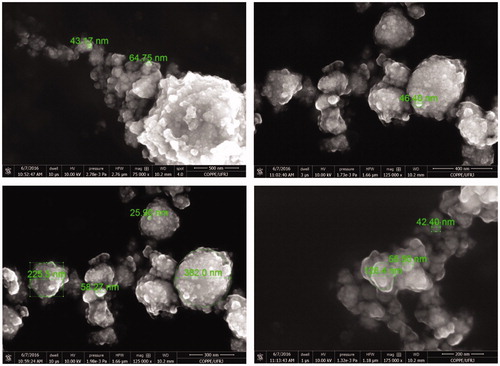Figures & data
Figure 3. (a) Top view of the phantom with thermocouples; (b) Experimental setup; (c) Snapshot of the infra-red camera readings.
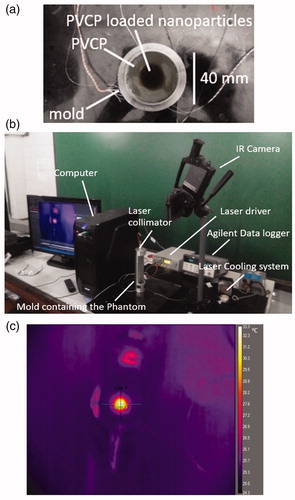
Figure 4. Sketch of the phantom with its associated dimensions, laser beam, thermocouples and IR camera.
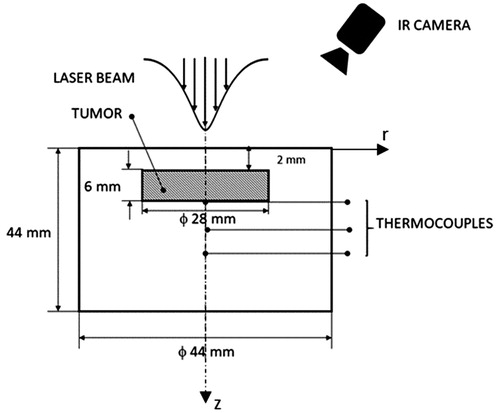
Table 1. Liu and West’s algorithm [Citation28].
Table 2. Means for the priors of the model parameters.
Figure 5. Comparison of the measured and estimated transient temperature variations at (r = 0, z = 8) mm: (a) Laser power P1; (b) Laser power P2.
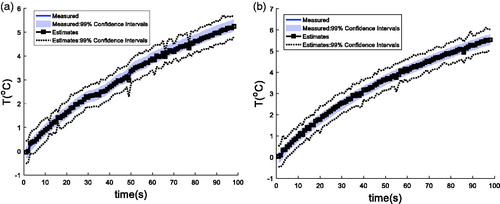
Figure 6. Comparison of the measured and estimated transient temperature variations at (r = 0, z = 10) mm: (a) Laser power P1; (b) Laser power P2.
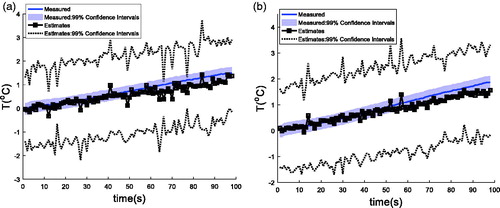
Figure 7. Comparison of the estimated radial temperature variation with the measurements obtained at z = 0 with an infra-red camera at selected times (t = 60 s: top; t = 90s: bottom). Experiment with P1 (left) and P2 (right).
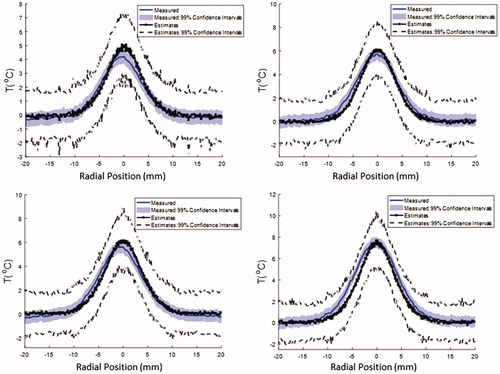
Figure 8. Estimated temperature variation on a longitudinal cut through the centre of the phantom at t = 90 s: (a) Laser power P1; (b) Laser power P2.
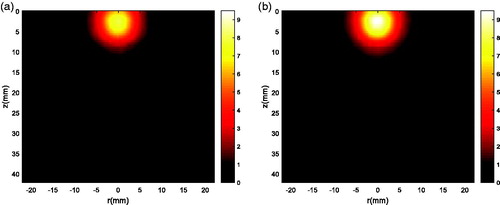
Figure 9. Estimated fluence rates on a longitudinal cut through the centre of the phantom at t = 90 s: (a) Laser power P1; (b) Laser power P2.

Figure 10. Confidence intervals (99%) of the model parameters sequentially estimated with the particle filter: Experiments with P1 (red) and P2 (blue). Initial prior mean is shown by the grey line.
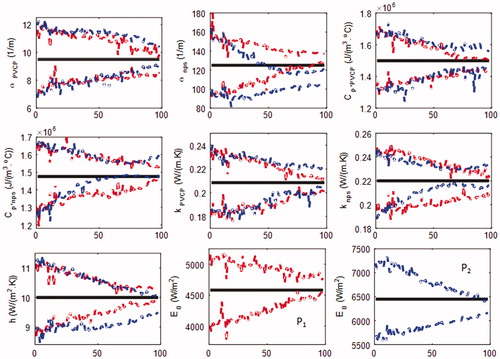
Table 3. Model parameters estimated at the final time t = 100 s.


